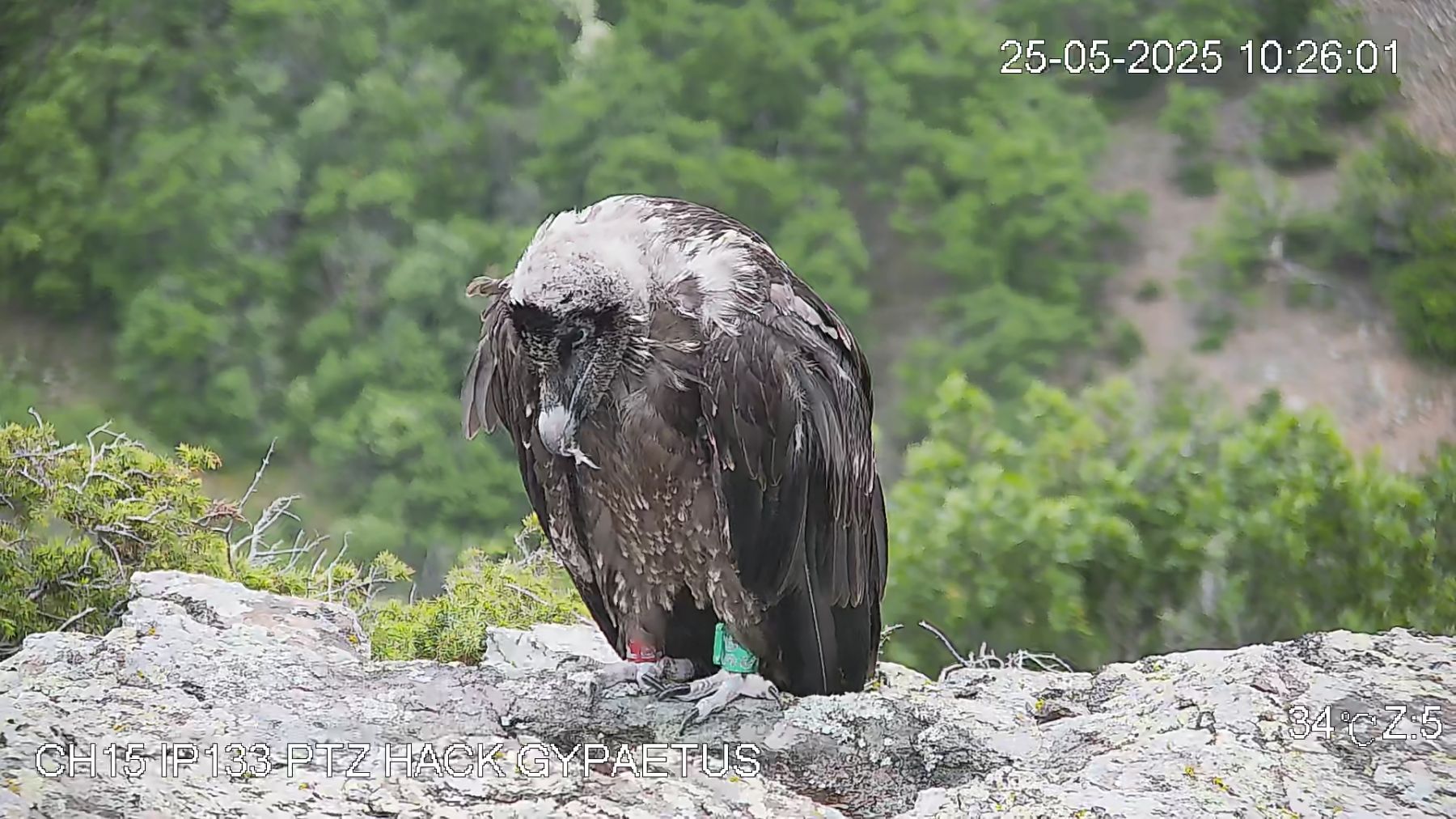The results of a very interesting research done by Mauro Hernández from the Facultad de Veterinaria of the Universidad Complutense Madrid were revealed today.
Hernandez studied eggshells from bearded vultures using scanning electron microscopy to try to determine causes of breeding failure. He collected samples from eggs collected prior to the massive use of pesticides (obtained from Museums) and compared it with more recent samples (27 whole eggs and 90 eggshell fragments) collected after breeding failure in nests of the Pyrenean population.
The Bearded vulture eggshell is trilaminar and reticulate, with the calcified portion composed of three layers. All eggshell parameters showed higher range of variation than expected, suggesting that the Bearded vulture has a high capability for adaptation of different environmental conditions.
Toxicological analysis revealed low levels of contamination even in the recent eggs, and, thus contamination with organochlorine pesticides was not the cause of breeding failure. Egg fertility was higher than expected in the studied sample and breeding failure was found to be mainly produced at the end of incubation or in the first days after hatching.
Fertile eggs were found to be longer, with thicker eggshells. Interestingly, from 2006 onwards, eggshell thickness and other eggshell parameters started to decrease. This degradation of egg quality could be related to the EU sanitary policies UE caused the sudden decrease in available livestock carcasses (that started to be collected for incineration) and food shortages.
Temporal changes in organochlorine levels in eggs also showed an increase since 2006, suggesting that Bearded vultures are modifying their feeding and foraging strategies to exploit other food resources of lower quality, increasing the risk of consuming contaminated or poisoned preys.



